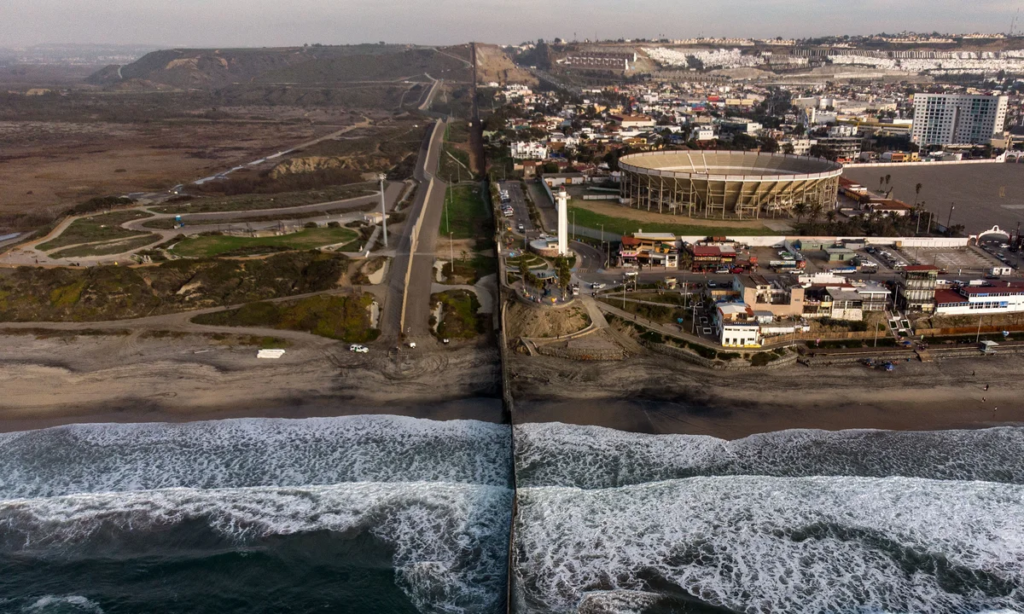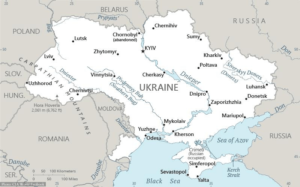A Line in the Sand: The Complexities of the US-Mexico Border
The US-Mexico border, a 2,000-mile stretch of land and water, has become a focal point of intense debate and political maneuvering. More than just a geographical boundary, it represents a complex intersection of immigration policy, economic realities, security concerns, and deeply ingrained cultural narratives. Tensions at the border remain a significant issue, fueled by a confluence of factors that defy easy solutions.

The Immigration Impasse: A Battleground of Perspectives
One of the primary drivers of these tensions is the ongoing debate surrounding immigration. The flow of migrants seeking economic opportunity, asylum from persecution, or a better life in the United States has fluctuated over time, but the underlying pressures remain. Differing perspectives on how to manage this influx – ranging from calls for stricter enforcement and increased border security to arguments for comprehensive immigration reform and pathways to citizenship – create a political stalemate. This impasse is further complicated by the humanitarian crisis faced by many migrants, who often endure perilous journeys and face difficult conditions upon arrival.
Border Security: A Question of Approach
The issue of border security is inextricably linked to immigration. Concerns about drug trafficking, human smuggling, and potential terrorist threats fuel demands for increased surveillance, physical barriers, and law enforcement presence. However, critics argue that a militarized approach to the border can be both costly and ineffective, often pushing migrants into more dangerous routes. Moreover, the focus on security can overshadow the complex socioeconomic factors that drive migration in the first place.
Economic Realities: The Push and Pull Factors
Economic disparities between the US and Mexico also play a crucial role. The allure of higher wages and better opportunities in the US continues to draw individuals across the border, even as the legal pathways for entry become increasingly restricted. This economic pull, coupled with the push factors of poverty, violence, and instability in some parts of Mexico and Central America, creates a powerful dynamic that shapes migration patterns.
Cultural Narratives: A Symbol of Deeper Anxieties
Beyond the practical considerations of policy and enforcement, the US-Mexico border has become a symbol of deeper cultural anxieties. For some, it represents a line of defense against perceived threats to national identity and security. For others, it embodies the promise of opportunity and a haven for those seeking refuge. These competing narratives contribute to the polarized nature of the debate and make finding common ground all the more challenging.
The Path Forward: Towards a Sustainable Solution
The situation at the US-Mexico border is not a simple problem with a simple solution. It requires a multifaceted approach that addresses the root causes of migration, considers the humanitarian needs of migrants, and acknowledges the legitimate security concerns of both nations. Comprehensive immigration reform, investment in economic development in Mexico and Central America, and a focus on regional cooperation are all essential components of a sustainable solution.
A Line in the Sand: Awaiting Resolution
Ultimately, the future of the US-Mexico border will depend on a willingness to move beyond divisive rhetoric and engage in constructive dialogue. It requires recognizing the shared interests of both countries and working together to create a system that is both humane and effective. Until then, the border will remain a line in the sand, a symbol of the complex and often fraught relationship between two neighboring nations.










